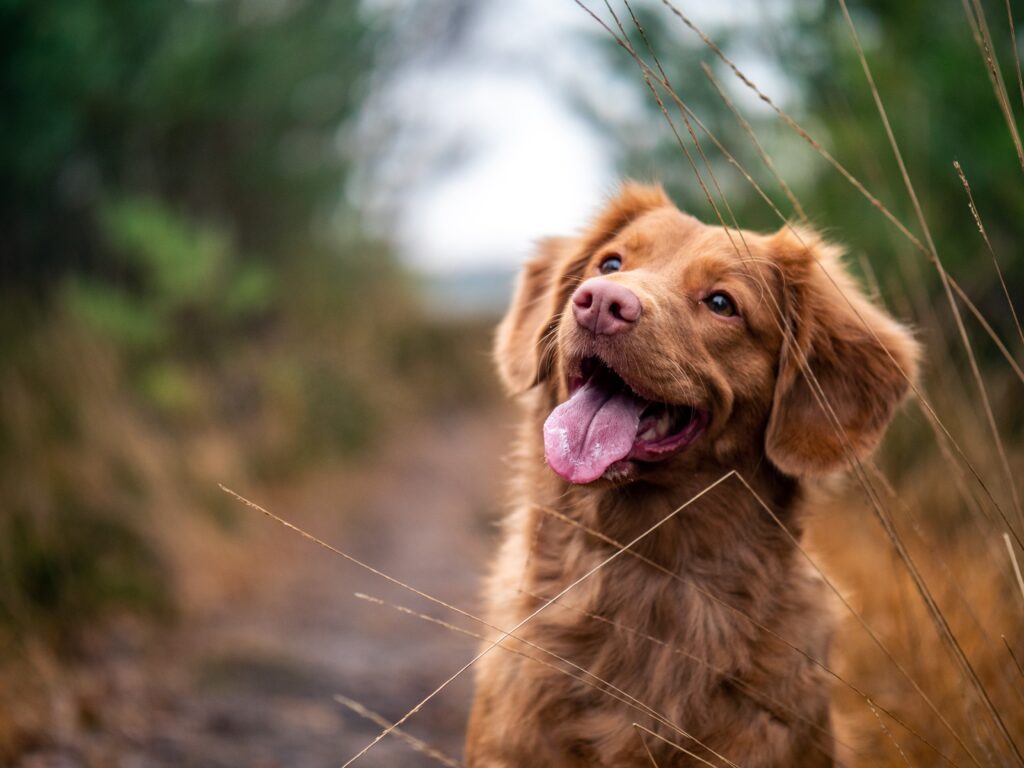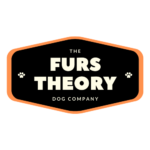The Complete Guide to Your Dog’s Bad Breath
Did you know that dog breeds like Toy Poodles, King Charles Spaniels, Greyhounds, and Cavalier King Charles Spaniels are especially prone to severe dog’s bad breath compared to other dog breeds?
If you are reading this, chances are you are probably looking for a solution for your dog’s unbearable bad breath.
Before we get into the treatment, I think it is very important to understand the main cause of the bad breath so we can have a clearer idea of how to resolve the problem. — periodontal disease.
Periodontal disease, also known as periodontitis is a condition in which the dog is experiencing inflammation of the gum tissue around the teeth. The main cause for this to happen is the gums were infected and damaged by bacteria that stayed in the mouth.

Grading of periodontal disease
Generally, there are four grades for periodontal disease. The tricky part is the condition usually will progress to an advanced stage and if left untreated, can cause an array of health complications.
This article will help you to understand much better how to grade periodontal disease and what you can do with it at the relevant stage.
Stage 1 – Yellow or brown-stained plagues are formed.
The disease starts with bacteria around the dog’s gum gathering to form plagues. At this stage, one of the clues you can look for is yellow or brown stains formed on the surface of the teeth. It is also not uncommon to find mild tartar and experience mild gingivitis.
It does not require immediate attention at this stage as it generally does not have an effect on the dog but I definitely recommend you to look into cleaning them as the condition of this stage is highly reversible.
Stage 2 – Tartars are formed, causing gingivitis.
In stage 2, the plague typically combines with minerals that are built up in a dog’s saliva to form calcified deposits, such as phosphate or calcium carbonate to become tartar. Usually, it is very easy to identify tartar as it has solidified formation and is brown or light grey in color.
The bacteria in tartar will start to irritate the gum and cause gingivitis. The main symptom of gingivitis is red and puffy gums that may bleed when you touch it and you may start to smell a foul odor on the dog’s breath. Dogs may start to experience mild pain around the gum.
Usually, it is highly recommended to get teeth scaling done at this stage as it is still reversible with appropriate care so it does not advance to the next stage.
Stage 3 – Bone loss and gum tissue deteriorate, causing tartar to grow inwards
In stage 3, we might be observing bone loss and the receding of gum due to tissue loss, resulting in open pockets and gaps. Over time, the bacteria will grow inwards and takes up the space in the pockets and gaps. That will expose the already inflamed gum to more bacteria, worsening the infection.
At this stage, you can clearly see the tartar, and the odor may be unbearable to most people. It’s common for dogs to experience pain, bleeding, and loss of appetite. At this stage, you may need a veterinarian’s opinion to come up with the best plan to treat the dog’s gum problem.
Stage 4 – Loss of teeth is imminent
Stage 4 is the most severe case of periodontal disease. If left prolonged and untreated, the chance for the bacteria to seep into the bloodstream increases, resulting in heart disease and liver failure.
Veterinarians usually diagnose periodontal disease in a pet clinic. They observe the condition by diagnosing the advanced deterioration of all the conditions in stage 3, plus the imminent loss of teeth.
At this stage, you may opt for teeth scaling to remove the tartar, but you can also go for surgery so we can remove bacteria that are now hiding under the infected gum, as well as to reshape the bones that support your dog’s teeth.
Identifying the stages factoring into the age of the dog is tremendously helpful for you to determine the appropriate steps you should be taking. Contact us here if you want to learn more about your dog’s teeth plaque condition.

Causes
There are multiple factors causing your dog to have bad breath, namely age, genetics, lifestyle, and diet.
Age
As dog ages, the risk of getting periodontal disease increases. A study has shown while many dogs develop the periodontal disease at a fairly later stage of their lives, we are starting to see signs of dogs having the disease by the time they are just 3 years old.
Genetic
According to a study, some dogs are more prone to develop periodontal disease easier than others, namely Toy Poodles, and Greyhounds.
From my experience, it is also very common to find Shih Tzus, Mini Schnauzers, and Maltese developing periodontal disease.
Just because genetically some dogs are prone to periodontal disease, it doesn’t mean you should give up on finding treatment.
Instead, it simply means you need to take extra care to make sure your dog can live a healthier life.
Lifestyle
Other than that, the lifestyle of the dog also plays a major role in developing bad breath.
One of the major causes of periodontal disease is the environment. Dogs that are in stressful environment tend to experience chronic anxiety, which, in long term exposure, release certain chemical that trigger inflammation on the gum, which then worsen the periodontitis disease issue.
Other than that, dogs that did not receive dental care has higher risk of getting periodontal disease because the bacteria was allowed to grow in the tartar built in the oral cavity.
Diet
Other than that, diet that contains high carbohydrates is highly related in the formation of periodontal disease.
Bacteria usually stay in oral cavity because carbohydrates will form sugar and provide the source of energy for bacteria to grow.

Prevention
Brushing Teeth
Frequent tooth brushing is one of the most common ways to reduce bacteria in the oral cavity.
This is because fluoride, a chemical used in toothpaste, prevents the decay and crumbling of teeth or bone as well as suppresses acid production, which also contributes to the production of a smelly odor.
Remember, do not use human toothpaste on dogs, as they might swallow the toothpaste, which contains Xylitol that is harmful for consumption.
Feed Dental Chew
While brushing teeth should be the main defence against periodontal disease, dental chews also provide a convenient way to fight periodontal disease.
I suggest feeding your dog 1-2 dental chews at least once a week.
When dogs bite dental chews in abrasive action, it increases the chewing time and contact point and that crushes the tartar buildup on the teeth, effectively reducing the risk of periodontal disease.
Adding Apple Cider Vinegar to water
Applying Apple cider vinegar is actually a low-cost and yet highly overlooked method to kill bacteria.
This method not only helps to kill bacteria in the oral cavity of your dog, but it also regulates the cholesterol in the body, which effectively helps to reduce the risk of diabetes and heart attack.
You can add 1-2 teaspoons of apple cider vinegar into your dog’s water bowl every morning and you should notice a reduction of smelly breath in 3-4 days.
If your dog refuses to drink the water because of the unpleasant vinegar taste of the water, you can dip a finger toothbrush or a clean wet cloth into a bowl of diluted apple cider vinegar solution and gently brush it on the surface of their teeth in a circular motion. This is best done after feeding.
Feeding fresh food
In the past decades, the rise of various dog food brands changed our feeding behavior drastically.
Did you know almost 95% of these brands are owned by only six corporations? That means you are given the choice of very similar products that are made from the same sources.
However, in the context of this article, we are not going deep into the topic of dog food brands and the questionable practices when it comes to communication with consumers about their ingredients as it requires a much deeper understanding of how the pet food industry works.
As a result of feeding processed food, dogs in modern days are prone to various diseases, such as skin allergy problems, heart problems, and kidney failure, and of course, most of these problems started from untreated periodontal disease.
Being a pet owner who lost and then adopted a few pets in my life, I highly recommend to start feeding wet food that you can prepare at home. By just doing this, you are increasing the average lifespan of your pet dog to 3 years.
If you need a simple guide, first by estimating the body weight of your dog. He should typically eat around 3% of his bodyweight for a day.
Then, you can prepare his meal by boiling 70% meats, an egg and add various vegetables such as carrots, broccoli, spinach for your pet dog. You can also add a small bite of animal offals, such as chicken liver, to boost the nutrition and mineral value of the food.
I would also add a small pinch of salt for regulation of nerve function and blood pressure and also a sprinkle of turmeric for antioxidant function to keep skin and muscle growth healthy.
If cooking food for is troublesome for you, there are various pet food businesses that specialize in making dog food you can find near you, such as Petchef.
The benefit of it is they already prepare foods according to the nutrition value needed and all you need is just to feed the dogs according to the portion needed.
Conclusion
Your dog’s bad breath is commonly caused by the bacteria in the tartar formed in their mouth, which became periodontal disease.
Periodontal disease is a health risk for many pet dogs due to various reasons, such as age, lifestyle, diet and genetic. The symptoms you could look for include swollen gums and bleeding with a gentle contact.
Methods you can consider are brushing teeth, feeding dental chew, introducing fresh food, and adding apple cider vinegar to your dog’s diet.
By preventing periodontal disease, you can help your dog to lower the risk of health problems, such as heart and kidney issues.
Knowing this info helps you to find the best treatment for your dog’s periodontal disease and essentially improves the quality of life.
Furs Theory provides professional housecall dog grooming in Klang Valley. Our groomers are experienced and certified by top grooming academies in Malaysia. Talk to us to learn more about how housecall dog grooming saves you time as well as makes grooming an anxiety-free experience for your beloved dogs.
